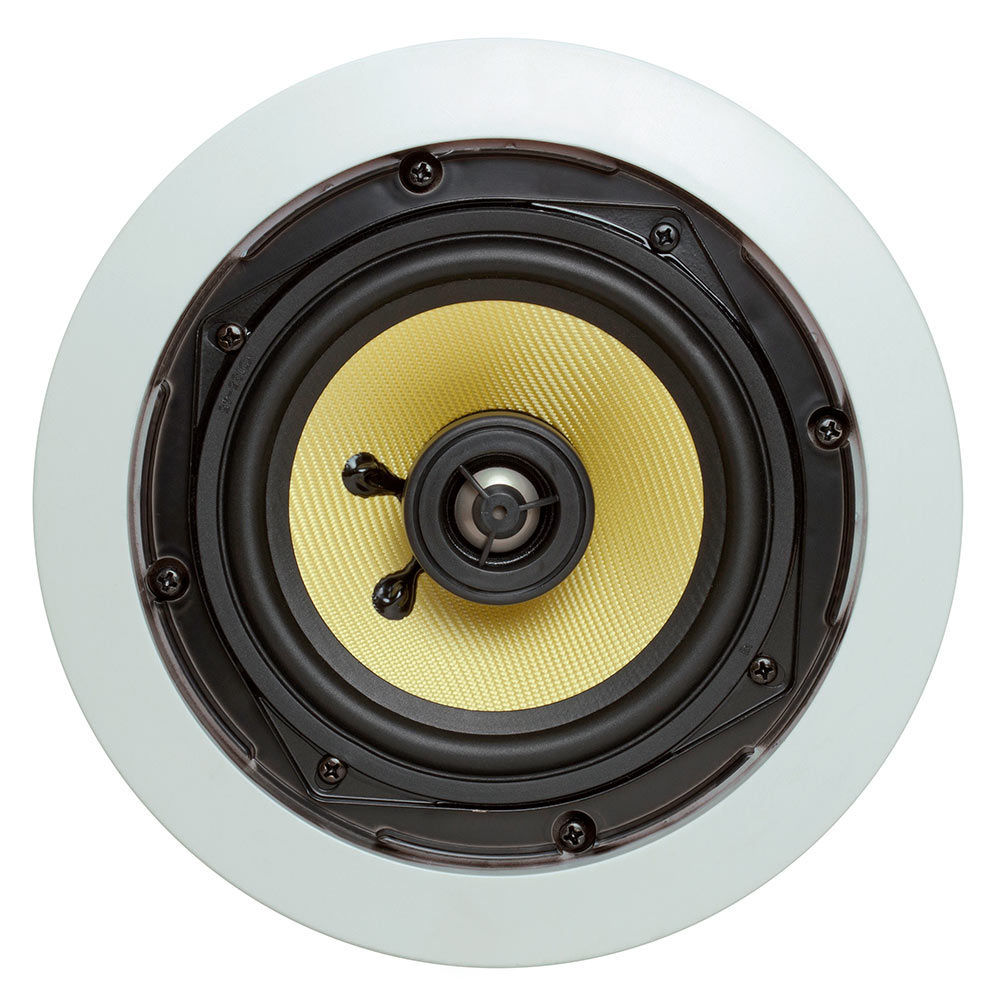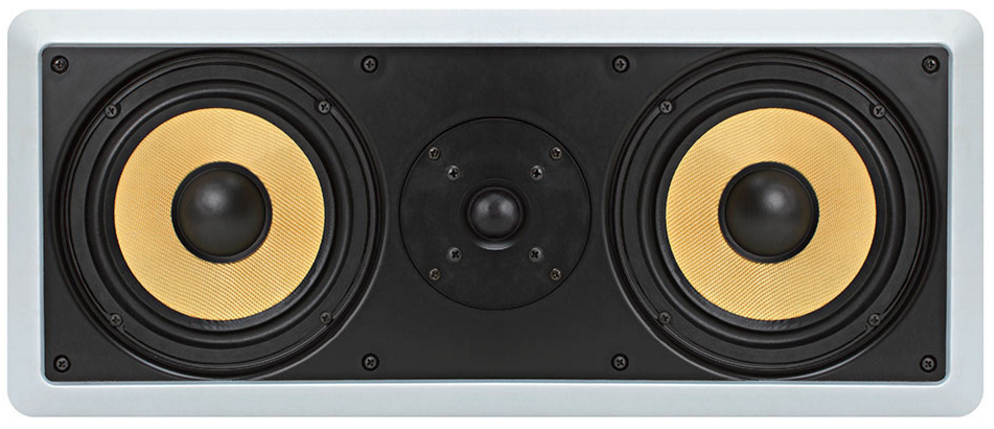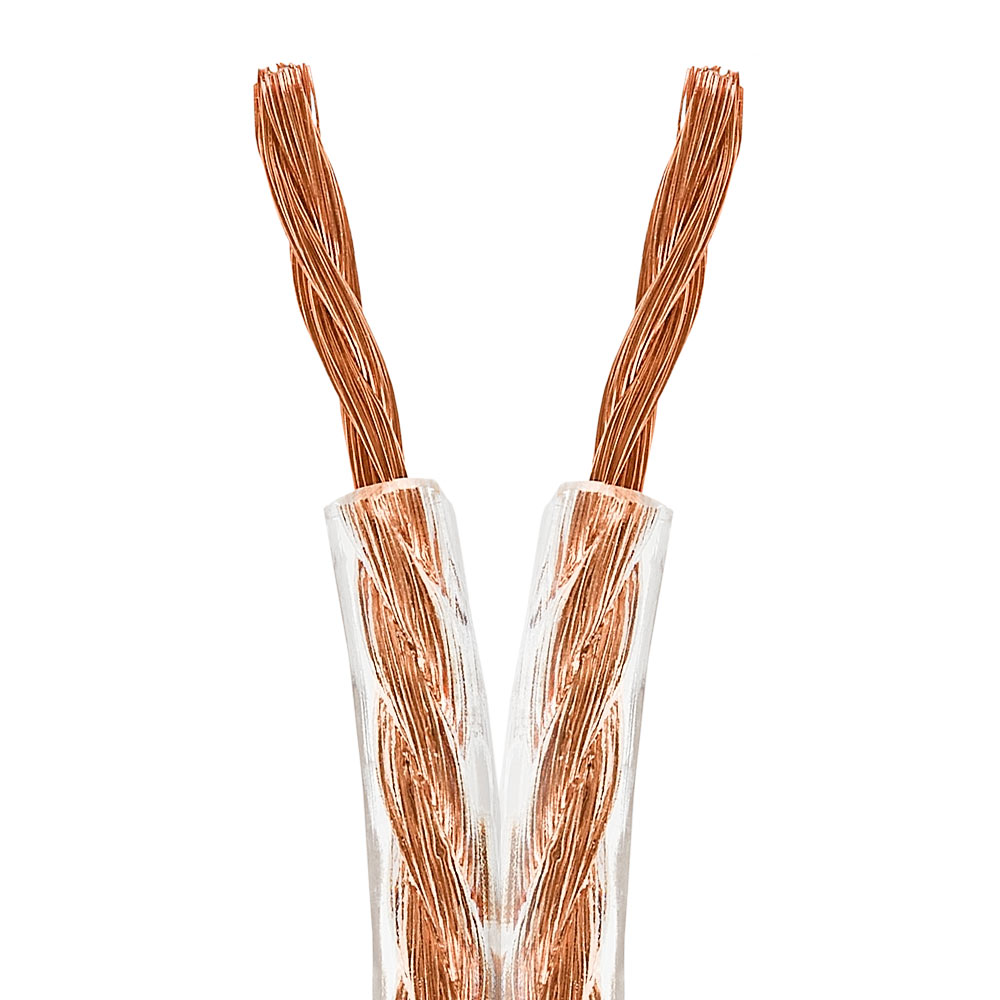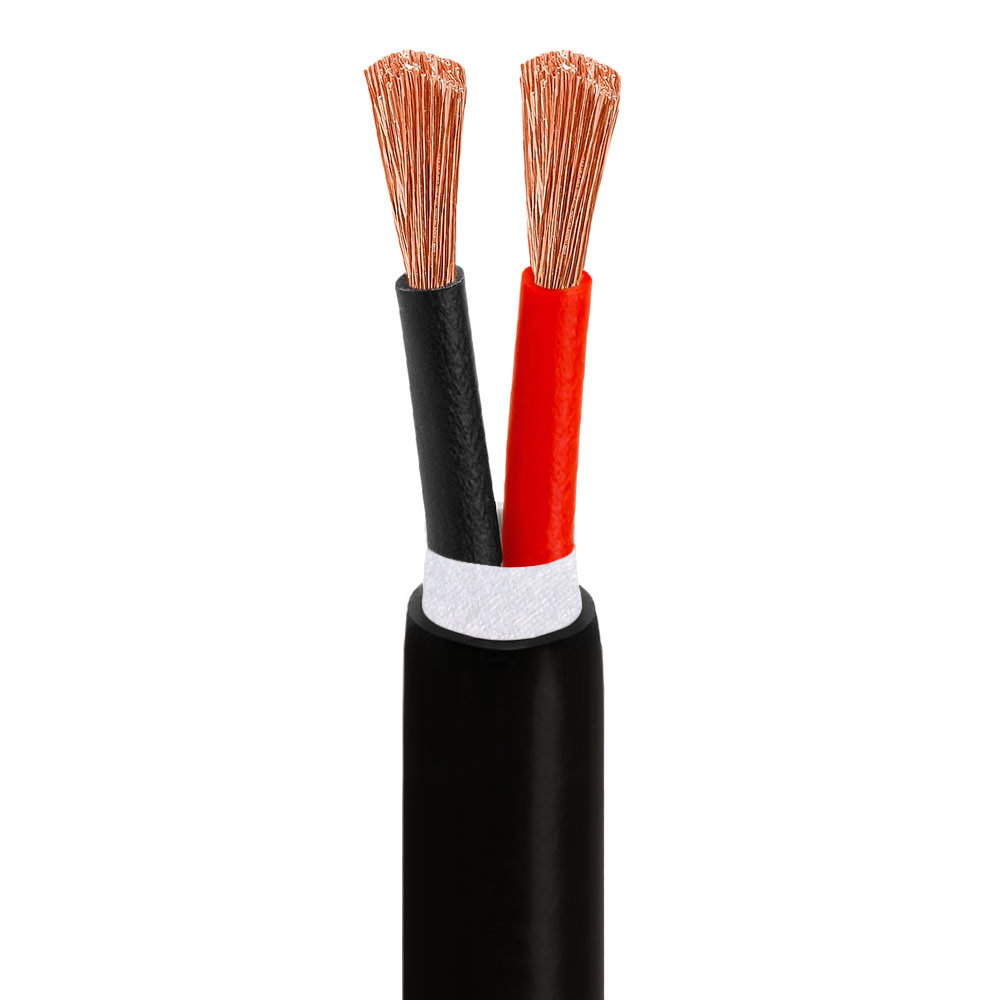Install Your Audio System with the Right In-Wall Speakers
In-wall speakers produce a surround sound effect that's simply surreal. These speakers do not take up any unnecessary space in your living room or other parts of the house. You can run the lines between multiple rooms, floors and even outside. The possibilities are endless, but you always need to choose the right type of in-wall speaker for your system to play the best that it can. You also may need to choose right home audio installation company to setup the system.
The Main Types of In-Wall Speakers
Ceiling speakers do not rely on sound emitting in one direction. Instead, the noise is sent out in multiple directions by using an ambiance twitter. This feature makes it possible to deliver the audio toward the area and a room where it should be heard the most.
Ceiling Speakers
You can use stereo input speakers for your ceilings. These speakers offer combined left and right channels. This approach works when trying to cover a whole room with one speaker. Whether it’s for your bathroom, or just to let sound reach all throughout your house, a stereo input style speaker will help.
 Plus, there are ample subwoofer options and some can be installed on your ceiling. The 2-Way In-Wall/In-Ceiling Kevlar Speakers (cone woofer) serves as a great example. With these, you can transmit low and medium frequency sounds, with a swiveling tweeter for a surround delivery. This particular product works well in bathrooms and outside as they are moisture-resistant.
Plus, there are ample subwoofer options and some can be installed on your ceiling. The 2-Way In-Wall/In-Ceiling Kevlar Speakers (cone woofer) serves as a great example. With these, you can transmit low and medium frequency sounds, with a swiveling tweeter for a surround delivery. This particular product works well in bathrooms and outside as they are moisture-resistant.
Center Speakers
A home surround sound system will typically include a center speaker that’s placed right beneath the video display. This speaker features a mid-range tweeter which enhances the audio transmission throughout the room. Essentially, the center speaker pushes audio that needs to be heard clearly over sound effects - such as people talking in movies.
Rear & Side Speakers
Meanwhile, the rear and side surround sound speakers will provide a more realistic listening experience by favoring left or right channels. Some systems come with a tweeter that sends audio either left or right, while others rely on separate speakers for each channel.Find surround sound speakers and map out your system accordingly…
You should also read this speaker placement guide offered by our Learning Center to get a better idea on where your speakers should go. This guide gives you complete insight on how to set up surround sound within a living room or home theater space.
Speaker Tweeters Explained
In-wall and ceiling speakers rely heavily on their tweeters to send audio through a room so it can be heard from the right location. A tweeter is a tiny mechanism inside the speaker which emits high notes. The tweeter emphasizes on directing these notes in the room. A tweeter that moves or rotates around will provide a better surround sound effect. Paired with a subwoofer, the lively sounds will blast throughout the room - even with just a single ceiling speaker installed. However, the listening experience can get much more joyful once you pair multiple speakers (and subwoofers) with separate tweeters.
Choosing the Right In-Wall Speaker Wires
The quality of your speaker system is not limited to the manufacturer and model. Another important factor is how you set up the speakers. The speaker wires you use will have a pivotal role in how clearly the audio transfers through.
Consider Covered Speaker Wires
Speaker wires in clear jackets are popular for DIY installers. This option can be a true lifesaver if you make the mistake of letting your left & right speaker wires touch. With bare copper, and other uncovered metal wires, this happening could blow your amp. However, covered speaker cables do not carry the same risk.Of course, the wires you choose should be CL2 or CL3 rating compliant. Any cable that says CL2 Rated or CL3 Rated will be regulated for in-wall and ceiling installations. These wires are not quick to burn and are considered much safer for your home. CL2 wires are protected for up to 150 volts and CL3 can withstand 300 volts. Thus, CL Rated speaker cable wires are most shock-resistant.
Get Professional Sound with Bare Copper
The highest quality audio comes from speaker systems set up with bare copper wires. The installation is best left in the hands of a professional installer. The bare metal material prevents audio interference from colliding materials. When isn’t bare copper recommended? For outdoor use, or in the bathroom, it is suggested you still go with a covered cable. Places of high humidity and areas that are damp are more susceptible to corrosion. Therefore, your wires are more likely to rust and cause sound problems in these settings if they aren’t covered.
Conclusion
Setting up a home sound system can be a daunting task. The biggest battle comes when choosing which speakers you should buy. The right type of in-wall speakers for your home or building depend on your coverage area and budget. Take the time to shop around and plan out your perfect audio system before you invest.
0
Featured products








